When I was starting out in tomato farming, I had to do a lot of bootstrapping. I learned that you have to be patient if you ever want good results. Unfortunately for me, I am not really the patient type I get kind of anxious and things take too long. So when I found out the tomato seed germination time in days was between 5 to 10 days, I was concerned. I wanted to make my tomato seeds germinate faster.
You probably shook your head at the 10 days if you are somehow like me. I discovered it to be quite simple really. All you have to do is scarify, presoak the seeds, and select viable seeds. You also need to provide water, warmth, and air. These are the optimal conditions for germination.
Germination is a humble beginning of the tomato fruit you know and love. This is when the seed opens up and grows out the radical and the shoot. These two will become the root and the stem respectively.
It takes between 5 and 10 days for a seed to show its shoot above ground. You will notice the early risers from the fifth day to the seventh. After that, it’s the late risers’ time. Otherwise, you can mark those seeds as failed.
You can start with presoaking the seeds. This softens the outer layer of the seed or seed coat making it easier for the root and shoot to breakthrough.
Scarification
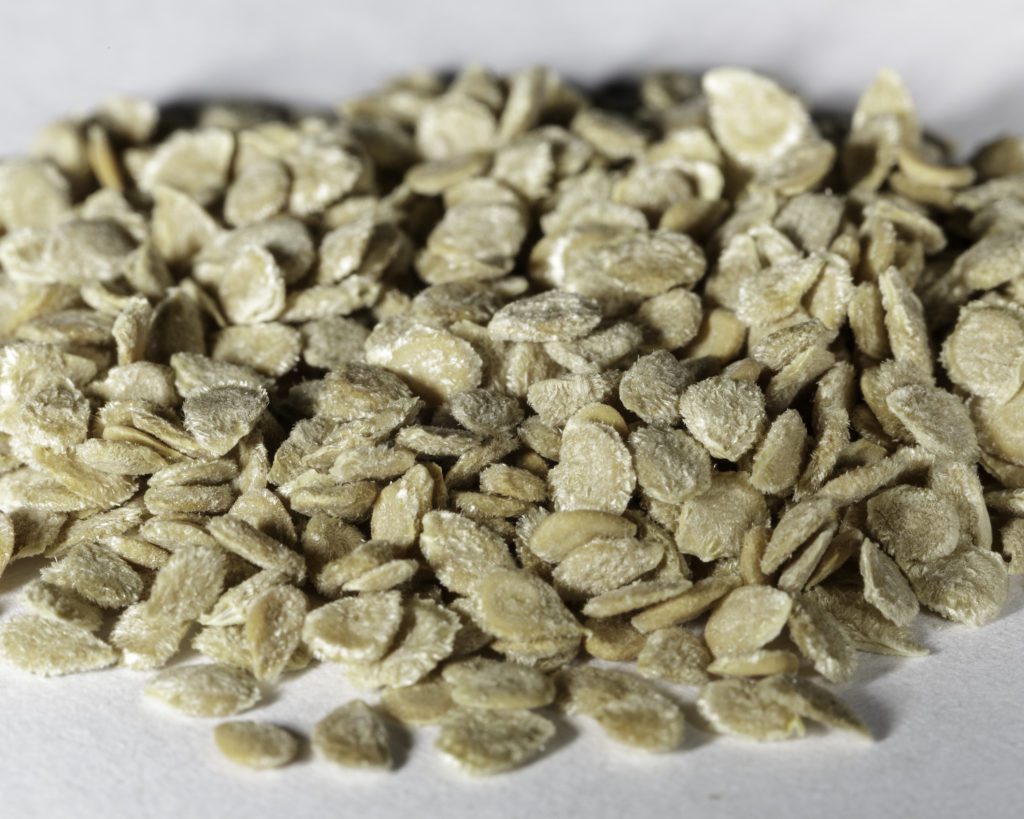
Have you ever held a seed in your hand before? They have a thin outer layer that you can peel off kind of like you do to a fruit. It is usually quite hard and pills off when boiled quite easily. This is called the testa or seed coat. Now, this next part will make more sense.
Scarification refers to scrubbing off the seed coat from the tomato seed. You can use a brush thereby creating scars or lines of weakness. The shoot and the root can emerge with ease and make your tomato seeds germinate faster.
Use a metal or wood brush

You can place your seed on a metal or plastic sheet. You then pass your brush over them in circles as though you’re scrubbing a floor. It is possible to do the one by one but that will take years if you’re trying to prepare seeds for a large farm. This could only work if you should prepare a couple of seeds for pots in your garden for instance.
However, there is one main risk that comes with scarification. If done incorrectly, you may not only scar the coat but also damage the endosperm. The endosperm produces the young shoot and root.
In some cases, you find that tiny roots and shoots have appeared but they’re still inside the seat coat. These may also be at risk of getting destroyed. To avoid such a scenario you have to be gentle with your brush strokes and use a soft brush to scarify.
Presoaking seeds
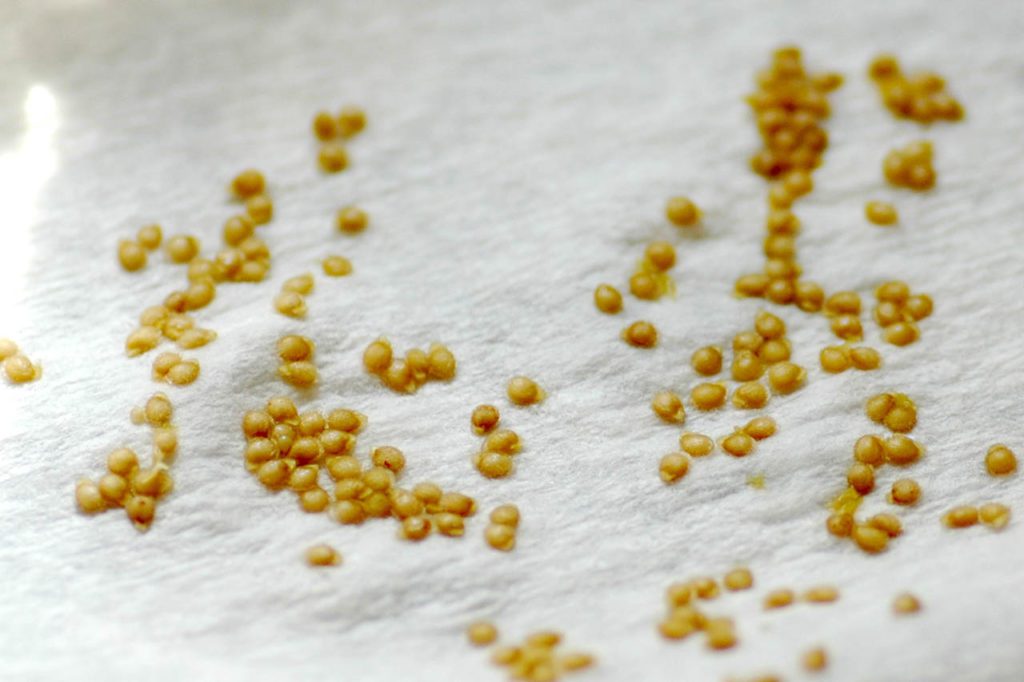
Presoaking is when you put your seeds in water for a period of time usually 24 hours. The gold here is to soften the seed coats we talked about in scarification.
Once the seed coat is soft enough the shoot and the road will be able to break through easily. Because the seat coat is now softer a process that would have taken 7 to 10 days will now come faster taking only 5 or 6 days.
Soaking the seeds reduces any chances of delay in germination and sharing that all the seeds dominated almost the same time because you made it easier for the roots to break through.
For tomatoes, soaking is not a must but because there can be variations in the hardness of the seed out layer presoaking can help achieve speed and uniformity during germination. Keep the soaking under 24 hours. Going over the 24-hour limit may expose your seeds to the risk of rotting in the growing medium such as soil before they germinate.
Aeration

Seeds need oxygen from the air to produce energy which makes germination possible. When you provide conditions necessary for proper aeration in the medium which could be soil or cocopeat, they come out quicker and healthy.
You see those tiny spaces between soil particles when you pick up a handful of dirt? That is how air moves around in the soil. From there it is absorbed by the plant and put to work producing energy. When you put your seeds in the soil, you cover it with about 0.25 inches of soil.
Do not compact the soil around and on top of the seed. Compacting the soil will block those much-needed air spaces that get air to the roots leading to poor or no germination. Well-aerated soils will facilitate speedy and maximum germination.
You are probably asking yourself energy? Growth requires a lot of energy that is why babies eat all the time. Young plants also do the same but instead of getting it from the outside, the young plant will get its food from the seed. The food is digested and broken down to produce energy for germination.
Moisture
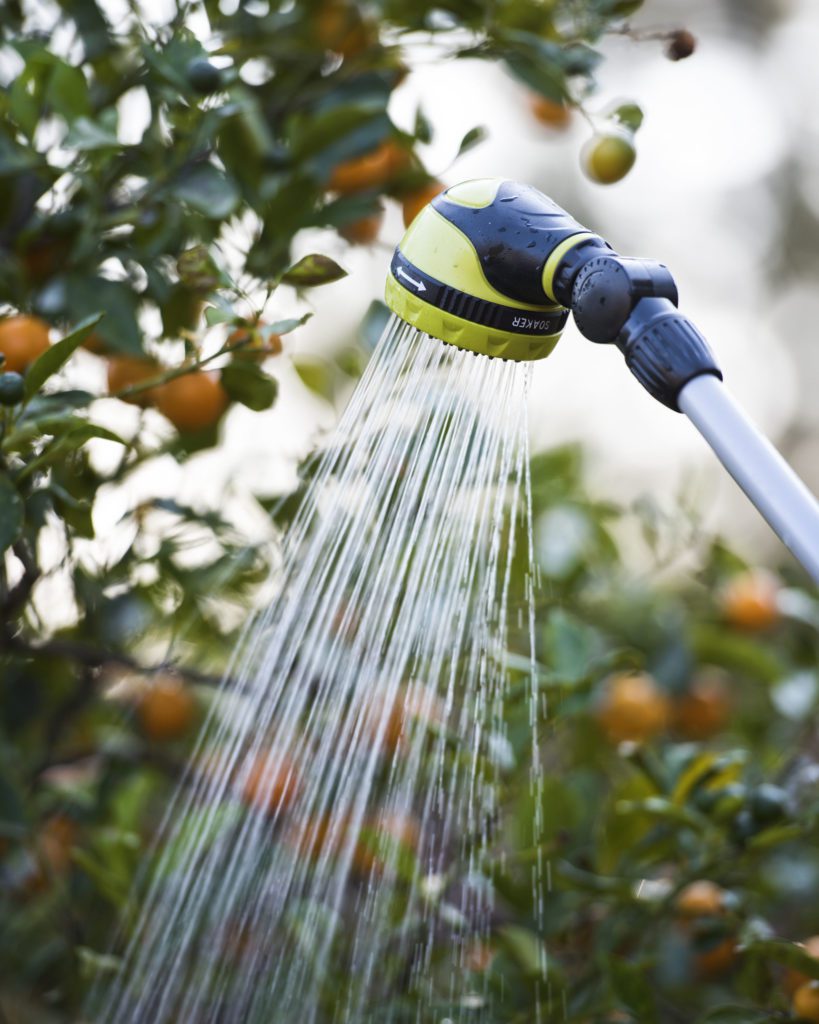
In addition to air, plants need water or moisture to grow. Moisture is responsible for transporting oxygen from the soil into the seed and making the food stored in the seed available for germination. I mentioned plants need energy right! Just a little water in the media is enough. This will give your seed the body they need to germinate at speed.
You do not want to add so much water that soaks the soil. This might cause rotting. Overwatering mat also suffocates the seed because it will block the air spaces preventing oxygen from getting to the seed. You can use a humidity dome to maintain the humidity and moisture levels and not have to rely on mechanical means. A cheaper alternative to the humidity dome is to wrap your germinating tray in plastic. This also works well.
You can test the soil to know whether you added too much water. First, pick up a handful of the media then squeeze it firmly in your hand. If you see droplets coming out of your hand then you overdid it. What you want to do now is leave it to drain out the excess water or use your hands to squeeze all the water out.
Word of caution, if you use the squeezing method, remember to disturb the soil to aerate it before doing any planting.
Once the seeds have germinated, you remove the plastic wraps and humidity domes become the requirements change a bit at this stage.
You also might like: Tomato irrigation: How to grow tomatoes with low rains
Soil temperature
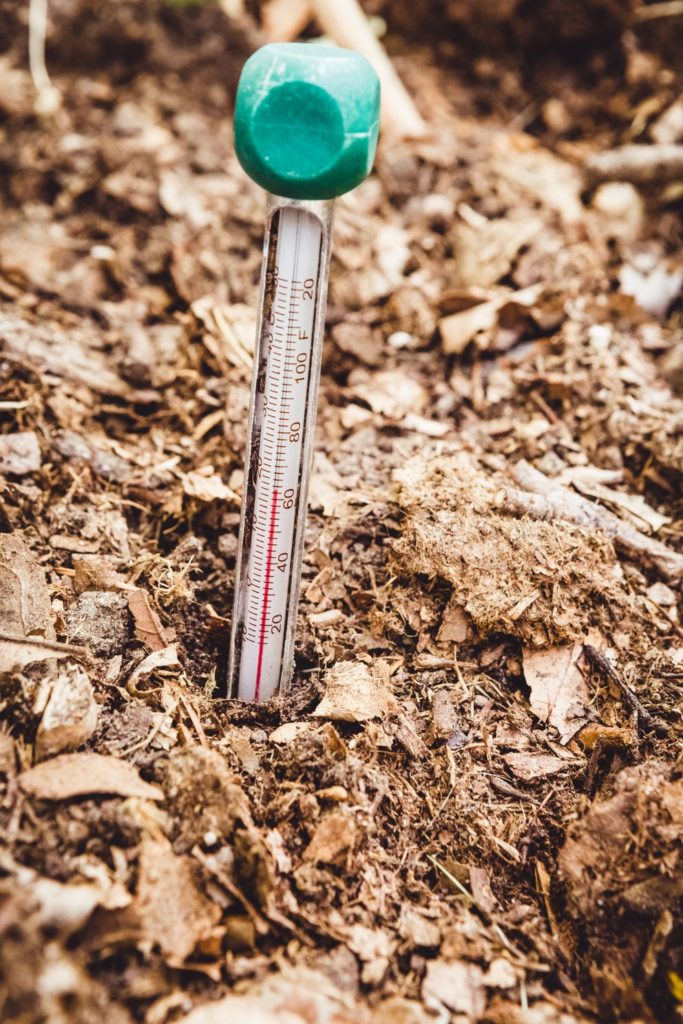
Seeds also need warm temperatures to germinate optimally. Warm temperatures help the young seed break down its food to produce the energy needed for germination. You want to give maintain the soil or media temperature between 70 to 80 degrees Fahrenheit or 20 to 30 degrees Celsius to achieve faster germination. However, temperatures between 75 and 85 degrees Fahrenheit or 15 to 35 degrees Celsius would result in some germination with some variability,
Soil temperature is very critical. If you go beyond certain limits you will have no germinations or just a few if you are lucky. The limits are anywhere below 10 degrees Celsius or 60 degrees Fahrenheit and above 35 degrees Celsius or 85 degrees Fahrenheit [1]. The seeds have this built-in mechanism to make sure they only germinate when the conditions are favorable to their survival. Hence the adherence to strict temperature limits. Mother Nature wouldn’t want our tomatoes germinating in the frost only to die freezing.
When the weather gets too cold to sustain germination outside, you should move them indoors. You can maintain warmth using a heat mat under your planting tray or placing it over a refrigerator or some device that generates a lot of heat. You can also shine heating lamps over the planting trays if you can’t get your hands on a heating mat.
Read more: Soil and water test for tomatoes: What you should know
Seed viability
Age of the seed
The age of the seed also determines whether you will have a high germination rate. When you are shopping for seeds or using your own seeds, look for the date they were produced. Tomato seeds have a shelf life of between 3 and 5 years with five years cutting it too close. At that old age, there will be more hits than misses on average. This is because as the seed grows old with time, the food reserves are degraded naturally which should be used for germination. As a result, when germination begins, the seed will have insufficient food to support the process.
Pick a fresh batch if you find one. This way if you end up not using them all at once, you can store them for another season and they will still be viable then.
Storage
Another factor that affects viability and how fast the seed germination by extension is the storage practices. When you store seeds, such as leftovers from one season, you need to dry them and wrap them package airtight. If moisture gets in, it may lead to the growth of fungi and rotting which will destroy the seeds or transfer diseases to the seedlings when you germinate that batch.
The best temperature to store the seeds is below 60 degrees Fahrenheit or 10 degrees Celsius because at those temperatures the seeds are inactive and you will not have any accidental sprouting during storage.
Read more: Tomato Plant Maintenance For Beginners in 9 Tips
Do tomato seeds germinate faster in the dark?
Tomato seeds do not need light to germinate. They will have a successful germination rate when all the basic conditions are fulfilled. However, that does not mean that tomato seeds germinate better in the dark. Because seeds need to be covered to keep them warm it you might think darkness is a factor that contributes to germination which is not the case. For instance, using a heating lamp to warm the media will improve your seed germination despite it also giving off light together with the heat.
What to expect from your tomato seed germination percentage

As a farmer or gardener, you want all your seeds to germinate. You wish that all of them will make it. However, you quickly learn on the job that this is not always the case. Not all the seeds break out onto the surface and out of those that do, not all of them will make it to the transplanting phase.
Including those you might lose between germination and transplanting, you should use 25% more seeds than you require at the start of the process. If you needed 100 tomato plants then you start off by germinating 125 seeds to cover the losses along the way.
Tomato seed germination percentage stands at about 95%. This means that out of every 100 seedlings you germinate, a whopping 95 will sprout out of the ground or media. These are some of the factors you should consider when deciding how many seeds you want to germinate. You will find most of this information on the labels that come with the seed.
Why are my tomato seeds not germinating?
You prepared your media and planted your seeds but now 10 days later you have here to see any germination taking place. Whether you are a beginner or a seasoned farmer, this is usually very disheartening. The question of why won’t tomato seeds germinate faster can cause you to doubt yourself and your project. Especially because you already anticipating the rise of your tomato seedlings.
There are a few tomato seeds that are not germinating could be any of the following poor aerations, inadequate moisture, overwatering, unfavorable temperatures, using inviable seeds.
Inadequate moisture
This happens when the soil or medium is mostly dry. I say dry because seeds do not need that much moisture to successfully germinate. However, it is a crucial requirement in the process without which you will have to contend with zero germination or very little germination if you are lucky. Check that soil or media you will plant the seeds in is moist when you plant. You also do not want the soil very wet or damp.
Overwatering
Too much water in the soil will fill up the air spaces within it blocking the circulation of air. As a result, the seed will suffocate because it will not be able to get oxygen. Not only will it suffocate the seed but also soften the seed too much that it will be exposed to rotting elements in the soil. When your seed rots or suffocates you automatically lose the germination rate. Add just enough water so that the soil is moist and not drenched. Take a handful of the media and squeeze it tightly in your palm. If there do not see droplets coming out but the soil feels damp, you have done a great job. You can use humidity to help you maintain the moisture.
Unfavorable soil temperature
The wrong soil temperature can easily result in your seeds not germinating. This is because tomato seeds only germinate within specific temperature ranges. When the soil is too cold below 60 degrees Fahrenheit or 10 degrees Celsius, you will certainly have zero germination. At these temperatures the seeds become dormant.
When it gets this cold you should do your germination indoors. If you were already indoors, then you can place a heating mat under your planting tray. If you do not have the heating map you can use a heating lamp that you hang over the planting area to act as an additional source of heat. Temperatures above 85 Fahrenheit or 35 Celsius will also prevent germination.
Aeration
When the soil where the seeds are planted in poorly aerated, your seeds may fail to germinate. Poor aeration may be the result of compacting the soil around the seed that has been planted. When the soil is compacted, the air spaces inside the soil or medium are blocked making it impossible for air to circulate inside the soil. Usually, after planting a seed, you want to cover the seed with about a quarter-inch of soil.
The soil around and covering the seed should be loose to allow for air circulation. However, after placing the seed in the soil, you might be tempted to compact the soil around and on top of the seed to secure it unknowingly hurting the germination process.
To avoid this keep the soil as loose as you can during planting so the seeds get the air they need. Also, you should not compact the soil around the seedling.
Your seeds may be too old
Old tomato seeds have between low germination rates to none at all. When you go to purchase your tomato seeds remember to check the date they were produced. Tomato seeds have a shelf life of between 3 to 5 years. Towards the fifth year, the tomato seeds are older than you might like, and buying such a batch would be a great risk. The reason old seeds tend to germinate poorly is because of food storage.
The seed stores food for when germination will begin and this food like all food has a shelf life after which it begins to degrade and is no longer available for use by the plant.
The more the seed stays on the shelf the more the food is degraded and the lesser if it is left available for the germination process. The fresher the batch of seeds the better for your germination rates.
Poor seed storage conditions
The fresh seeds should be stored properly to increase their shelf life. Good storage practice will preserve the seed viability for longer till the time they are ready to be planted.
Seeds should be stored in dry conditions with temperatures below 60 degrees Fahrenheit to keep the seeds from inadvertently germinating. The packaging should be air-tight to prevent moisture from getting to the seed.
Check to see if the package is intact and fits the above criteria before you purchase.
Can my tomato seeds germinate faster on a paper towel?

Tomato seeds can germinate paper towels as long as all the basic requirements of warmth, moisture, and aeration are met. You can germinate tomato seeds on a paper towel by first moistening them so the seeds get enough water. You then roll up the paper lightly to keep the seeds warm inside it.
Because of the way paper towels are made, air can move through its fibers and avail itself to the seeds. Air can also move into the rolls made on the paper towel providing oxygen.
The paper towel is can give you quicker germination because the seeds do not need to spend energy pushing soil out of their way as the shoot and root break out of the seed coat and out above the surface.
The challenge comes after they germinate, you have to transfer them into a media where they can develop roots and grow into seedlings. This is a delicate procedure because the parts are still very tender. Any small force could break them leading to low germination rates.
Where to plant your tomato seeds
When the weather conditions are favorable, that is, your seeds can are warm and aerated plus they are can be kept moist, planting tomato seeds outdoors is the better option. This is because once the seeds sprout you do not have to go through the hassle of moving them outside so they get enough sunlight.
However, when the weather becomes harsh, planting tomato seeds indoors is a better option. This is because you have a lot more control over the environment inside the house or greenhouse. You raise the temperature at will, add or take away moisture to give your seeds just the right home to sprout.
Planting tomato seeds in trays

The paper towel germination seems neat I know but there are plenty of ways to germinate your tomato seeds. Unlike paper towels, they guarantee success germinating tomato seeds inside or outdoors. One way is planting tomato seeds in trays.
Seed trays come with prearranged slots like an egg tray where you can grow your seed into a seedling. You will need a medium like cocopeat to fill the slots. After which you will hole with your finger, put a seed in and cover it. In some 5 to 10 days, you will see your seeds sprouting.
Planting tomato seeds in cups
This is a lot of fun because not only are growing your tomato but you get to participate in protecting the environment by recycling. The first step is to collect cups. That’s a shameless plug to get your environmentalist senses tingling.
However, you can purchase plastic cups at any local store. You will need a lot of cups because you can only fit two or three seeds in one cup if they are to stay there till they are ready to be transplanted. You are going to need soil or cocopeat as your media. You then take your seed, plant them in the media, as I described above, and wait until they germinate.
Problems with growing tomatoes from seed
As you get familiar with the intricacies of the first step of growing tomatoes from seed, you should also familiarize yourself with some of the problems of growing tomatoes from seed.
These are some of the reasons why some farmers might just buy seedlings from reputable growers ready for transplanting. This can be anywhere from lack of expertise or experience, the threat of diseases, low germination rates, and lack of time.
Summary
Once you have viable seeds the rest of the process is easy. Just take the skin off the seeds using scarification. You can soak the seeds so that they germinate faster and give them moisture and warmth after that you are good to go!

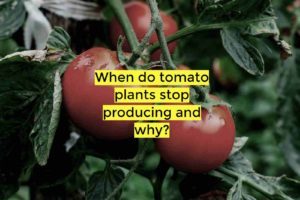
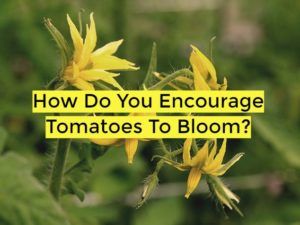
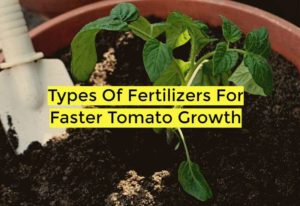

[…] Read my article about making your seeds germinate faster. […]